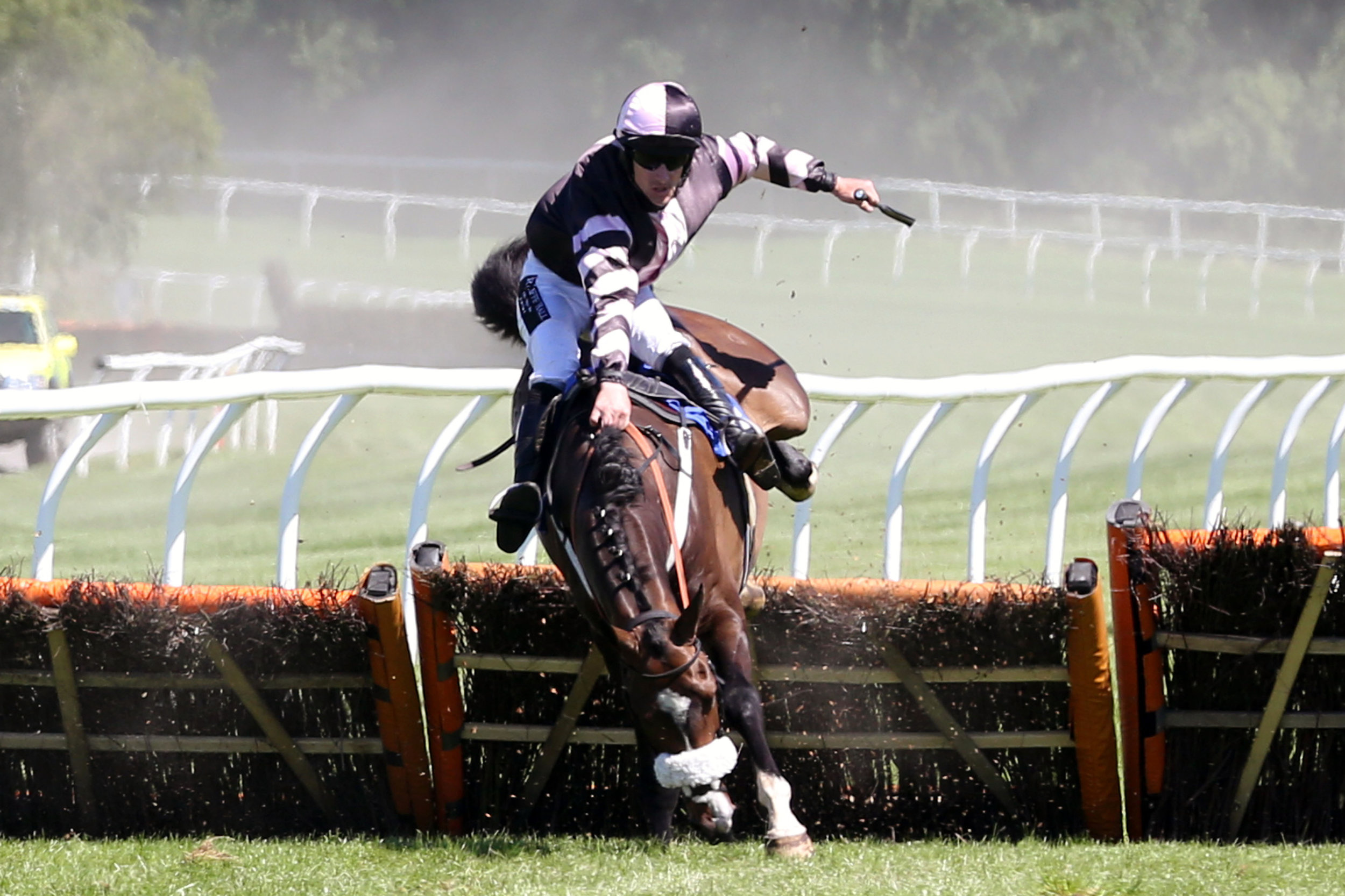Understanding concussion and protection
By Lissa Oliver
Understanding Concussion and Protection
As helmet technology moves forward, concussion remains an issue, so the question we must ask is whether this is despite improvements to helmets, or because of them? Could the lifestyle of a work rider contribute to the risk of sustaining concussion in a fall, or could a change in lifestyle protect against the risk? Can a poor state of mental health increase the risk of concussion, or is mental health affected by repeated concussion? These are just some of the questions being asked by scientists, doctors and engineers in ongoing research to protect riders.
A concussion is a brain injury that occurs when a blow to the head causes the brain to spin rapidly in the opposite direction from where the head was struck and is the most common type of “closed brain injury”, where the skull is not split. Those suffering from concussion may have symptoms such as headache, sensitivity to light, tinnitus, dizziness, sleepiness, confusion and behavioural changes, although many of these symptoms can also be caused by other injuries sustained in a fall and unrelated to brain injury. A specific diagnosis is vital to securing the necessary treatment and correct aid to recovery.
Our natural protection comes from cerebrospinal fluid (CSF), which cushions the brain within the skull and serves as a shock absorber for the central nervous system. CSF is often thought of as existing only between the brain and the skull, but the brain has a much more complicated structure and CSF also fills a system of cavities at the centre of the brain, known as ventricles, as well as the space surrounding the brain and spinal cord.
The transfer of energy when a rider’s head hits the ground causes rapid acceleration and deceleration, which briefly deform the brain. Because of this deformation, the volume of the brain decreases while the volume of the rigid skull remains unchanged. CSF flows into the skull from the spinal cord and fills the empty spaces created by the brain deformation, flowing back with acceleration and forward with deceleration, to prevent the brain impacting against the skull.
Research on turf impact has shown that concussion can occur without any associated helmet damage. The soft surface of the turf distorts and collapses, instead of the helmet, and the energy from the impact is transferred to the head. Currently, equestrian helmets are designed and tested to protect the head from impact with hard surfaces, but concussion most commonly occurs after being thrown from a horse onto a soft surface such as turf.
To improve performance for concussive injury, helmet technology needs to be rethought. Several research projects have risen to this challenge, with help from the sporting communities most at risk. A key player in this research is the NFL and in 2016 pledged $100 million, to become one of the largest funders of concussion research in the United States. Its "Play Smart, Play Safe" initiative aimed to spend $60 million to create a safer helmet as a means of reducing concussion, joining with global sports organisations such as the NHL and World Rugby.
Another major research group is HEADS, an Innovation Training Network funded under the European Commission’s Marie Sklodowska-Curie Programme, structured around 13 individual research projects focusing on the three main topics of accident reconstruction and simulation, head model refinement, and helmet certification improvements. This involves six partners, three industry and three academic, across five countries, who are already involved in working towards new helmet standards: Lead Partner, University College Dublin, Ireland; KU Leuven, Belgium; KTH-Stockholm, Sweden; AGV, Italy; Lazer Sport, Belgium; and Charles Owen, Britain.
Charles Owen is widely recognised as one of the leading manufacturers of riding helmets and the company was chosen in 2015 as one of five first-round winners of the $60 million Head Health Challenge presented by the NFL, to develop new advanced materials for helmets.
Professor Roy Burek
Professor Roy Burek of Cardiff University is the Managing Director of Charles Owen, and one of the supervisors of the HEADS project. He explains, “the length of time the impact lasts in contact with the surface is becoming an important factor. For example, impact lasts five milliseconds on steel, but 25-30 milliseconds on softer surfaces. We are seeing concussions at much lower force levels which can only be explained by taking the time into account.
“There are a huge number of blood vessels in the brain, which are stronger and stiffer than neurons (brain cells), so when you are distorting the brain you are straining neurons through a matrix of blood vessels. In CTE (Chronic Traumatic Encephalopathy) studies, the damage is focused around the blood vessels due to the much, much higher local strains.
“The neurons have viscoelastic properties and if you stretch them over a short space of time they stiffen and resist stretching, but if you continue to pull, they start to stretch. It is the amount of stretch that causes the body to react. This is why we are particularly interested in the time interval of impact.”
Burek suggests that helmet development in the past, by not looking at the surface or impact time, may have failed in protecting the milder forms of brain injury that we are only starting to understand their importance. “Slowing the rate of energy transfer rate down is the normal thing we do, but at some point rather than protecting the brain we could actually be causing injury. Are we finding a ground and helmet combination that is making the impact last so long we’re causing injury?” he wonders.

